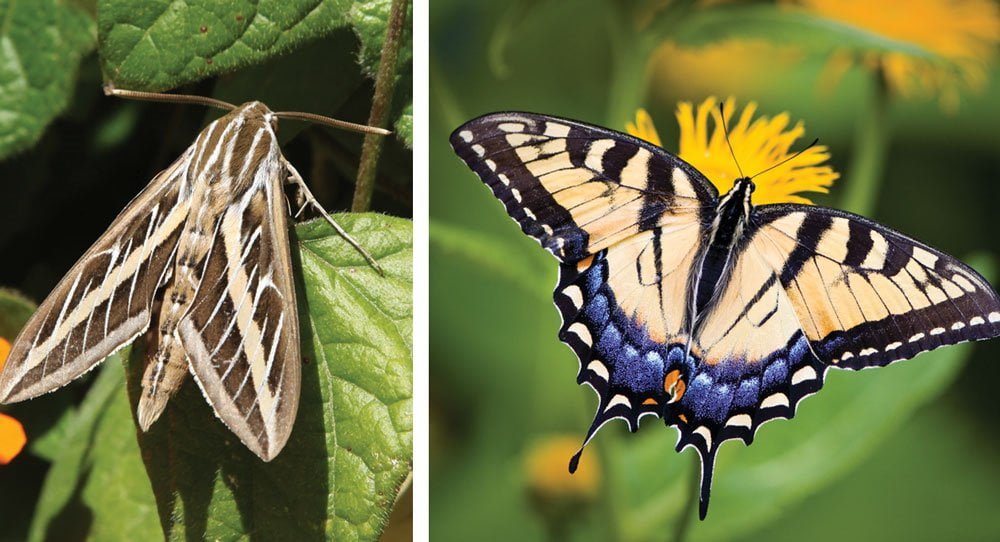Butterflies and moths are both members of the order Lepidoptera and share many similarities, but they also have distinct differences. Here are some key differences between butterflies and moths:
1. Antennae
One of the most noticeable differences is in their antennae. Butterflies generally have thin, long antennae that end in club-shaped tips.
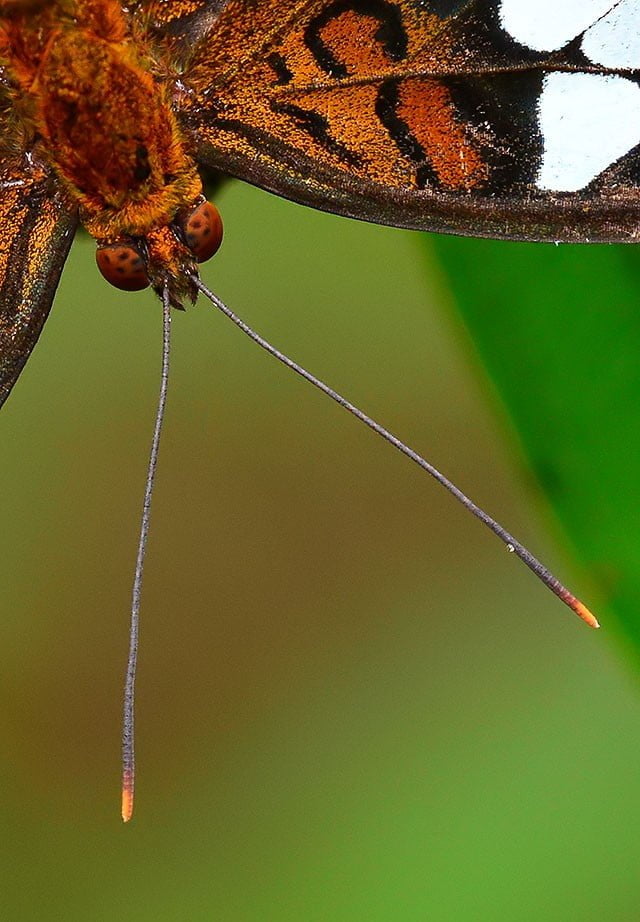
Moths, on the other hand, have varied antennae shapes, which can be feathery or thread-like, but they do not typically have clubbed tips.
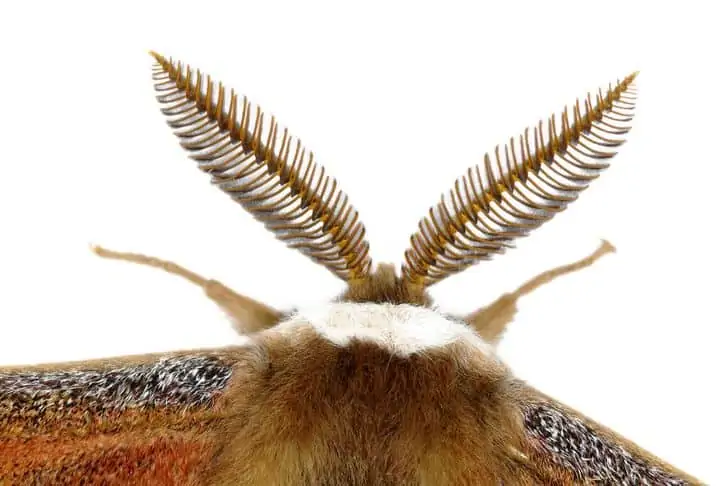
2. Activity Patterns
Butterflies are generally diurnal, meaning they are active during the day. They are often seen fluttering around in open spaces and are known for their colorful wings. Moths, on the other hand, are primarily nocturnal and are most active during the night. They are often attracted to lights and are known for their muted colors and patterns, which provide camouflage in their natural habitats.
3. Wing Position
When at rest, butterflies usually hold their wings vertically and together over their backs. This position showcases the vibrant colors and patterns on their wings.
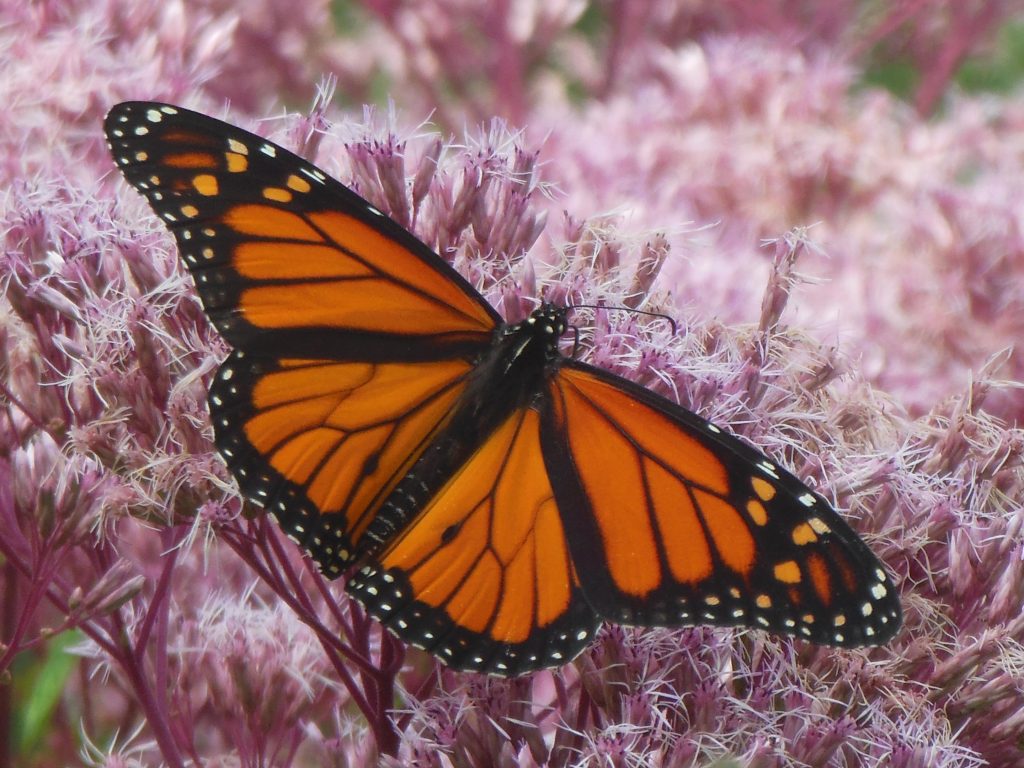
Moths, on the other hand, tend to rest with their wings flat or folded horizontally along their bodies, blending in with their surroundings.
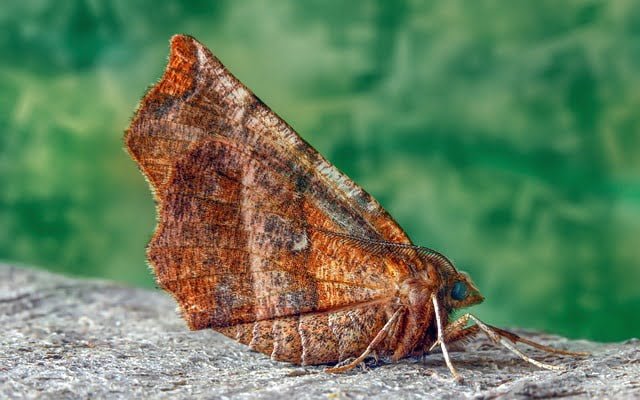
4. Body Shape
Butterflies typically have slender bodies, with a more streamlined shape. Moths, on the other hand, often have plumper bodies, which can vary in shape from cylindrical to more robust.
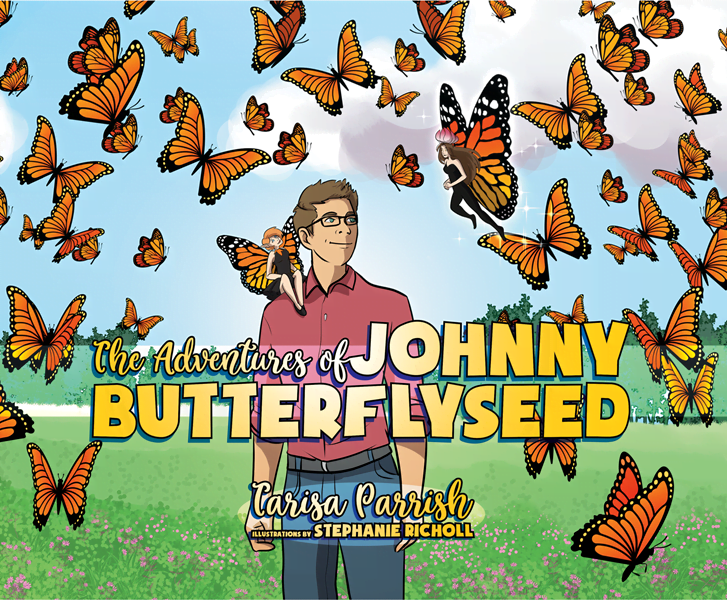
The Adventures of Johnny Butterflyseed – Author Signed First Edition Children’s Book
Save the monarchs!
Johnny Butterflyseed and his fairy friend, Raven Silverwing, embark on a mission to save the rapidly disappearing butterflies. They enlist the help of Queen Venus Goldwing and her kingdom of monarchs to educate and inspire kids to become butterfly farmers. At first, Johnny faces his own internal struggle with self-doubt and fear in his ability to make a difference, but then soon develops a mindset that allows him to not only get started, but also make progress one day at a time. Through challenge after challenge, Johnny learns that he is not alone in his mission and that there are many people who want to help. Together, Johnny, Raven, and Queen Venus educate thousands of children on becoming butterfly farmers.
5. Pupation
During the pupal stage, butterflies form a chrysalis, which is smooth and hard, often hanging from a surface.
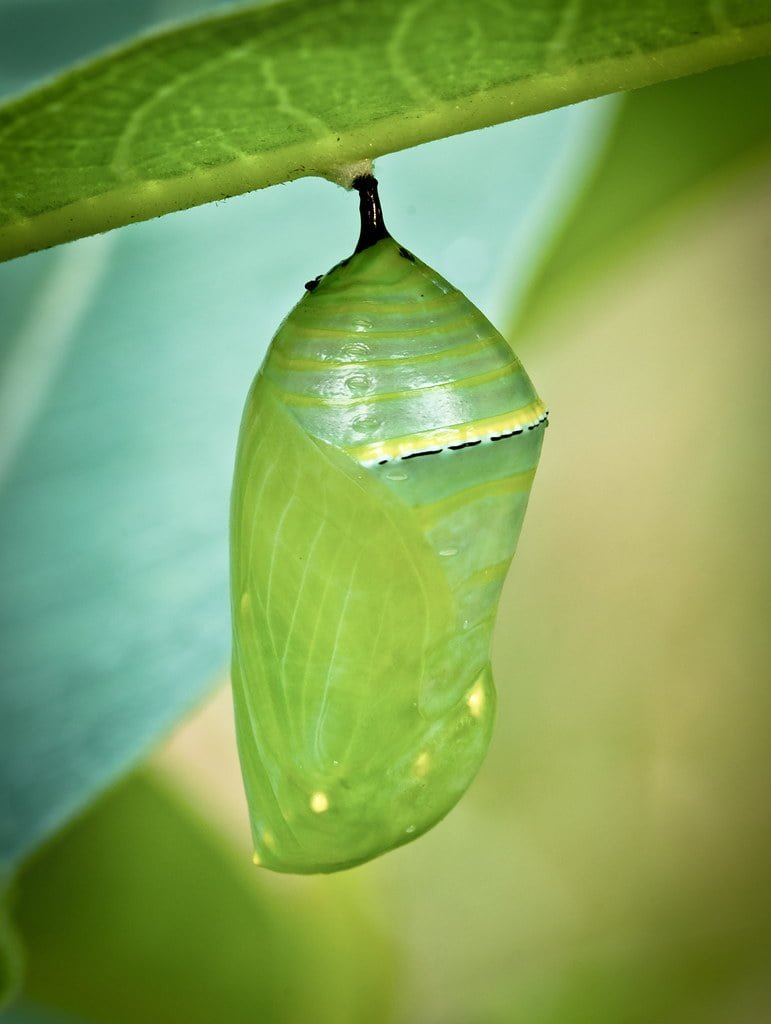
Moths, on the other hand, usually spin a silk cocoon to protect their pupal stage. These cocoons are often hidden in the vegetation or other protected locations.
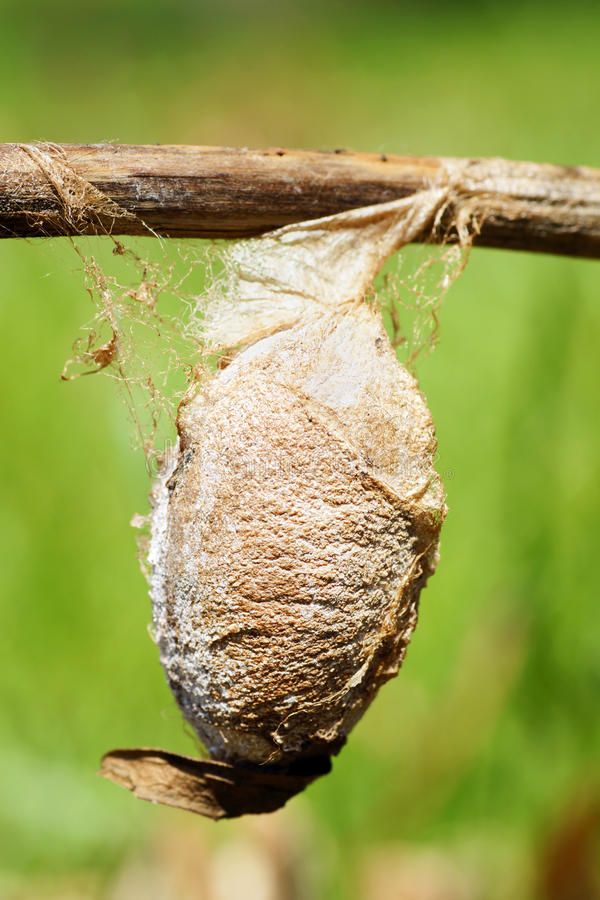
It’s worth noting that these differences are not absolute, and there are exceptions and variations within both butterflies and moths.
Some day-flying moths can resemble butterflies, and there are some butterflies with clubbed antennae that resemble moths.
Therefore, while these distinctions can be helpful in general, they are not definitive characteristics for identifying every individual butterfly or moth species.
